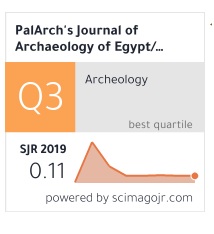ROLE OF MICRO FINANCE FOR RURAL DEVELOPMENT WITH SPECIAL REFERENCE TO SHGs IN TIRUNELVELI DISTRICT
Abstract
Finance helps the poor catch up with the rest of the economy as it grows. Finance also helps extend the range of individuals, households and firms that can get a foothold in the modern economy, and it reduces damaging concentrations of economic power. There was a need for an innovative programme for credit which must be collateral free, flexible and must fulfill the needs of underprivileged classes. It was also realized that majority of the poor people were ignored by most of the programmes, so they remained laggard and less participative in poverty alleviation processes. In India there are certain misconceptions about the poor people that they need loan at subsidized rates of interest of on soft terms; they lack education, skills, capacity to save credit worthiness and therefore are not bankable. Nevertheless, the experiences reveal that rural poor are actually efficient managers of credit and finance. Availability of timely and adequate credit is essential for them to undertake any economic activity rather than credit subsidy. Meanwhile, to compensate for the relative lack of success with which formal banks have been able to serve the poor, new microfinance approaches are being developed.
Microfinance in India is mainly provided through Self-Help Groups (SHGs), Microfinance Institutions (MFIs) and some other methodologies. The network of many financial institutions like public and private sector commercial banks, co- operative banks, regional rural banks and MFIs is used to provide microfinance to the poor people in India.



